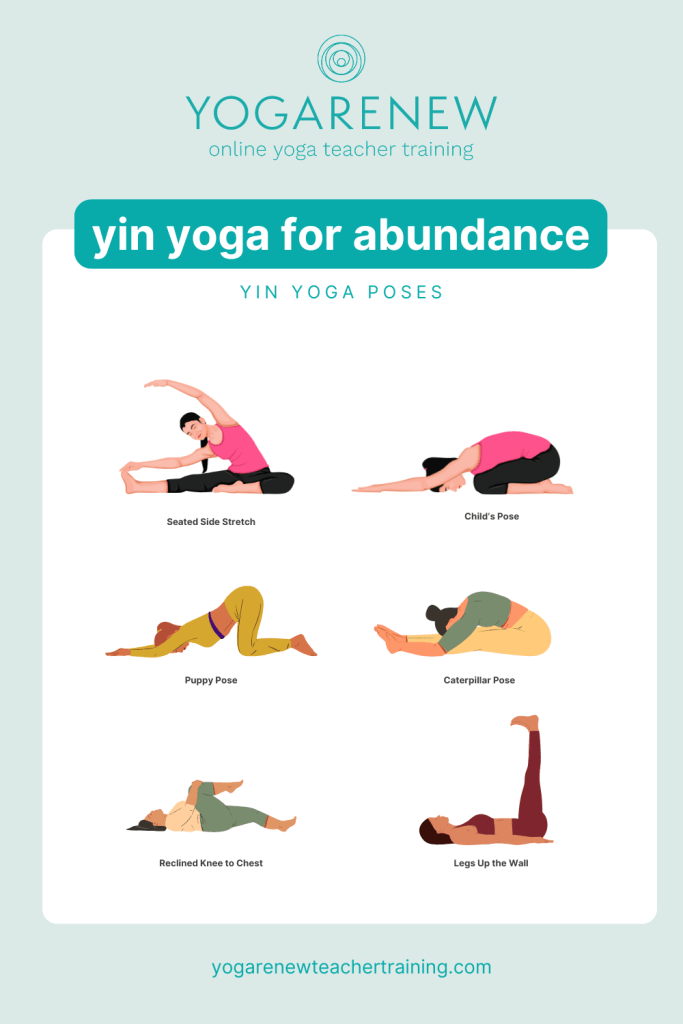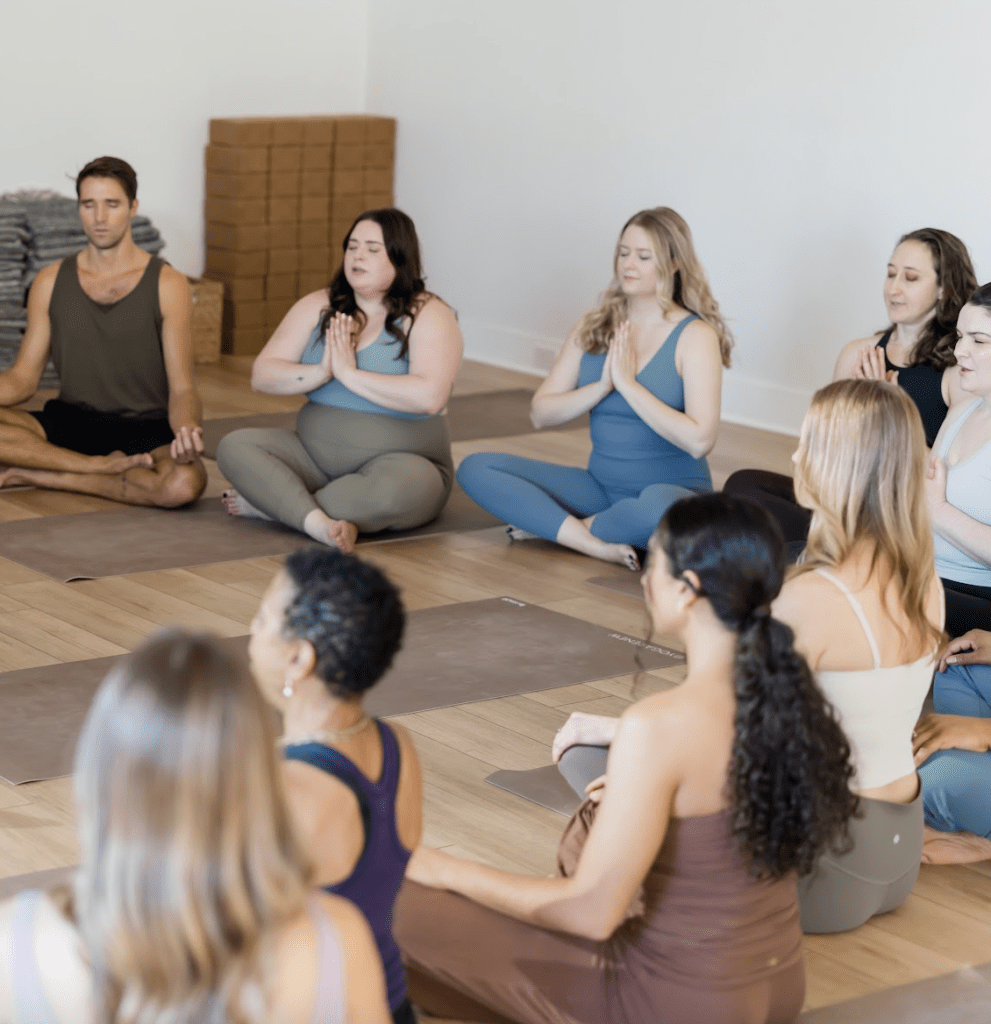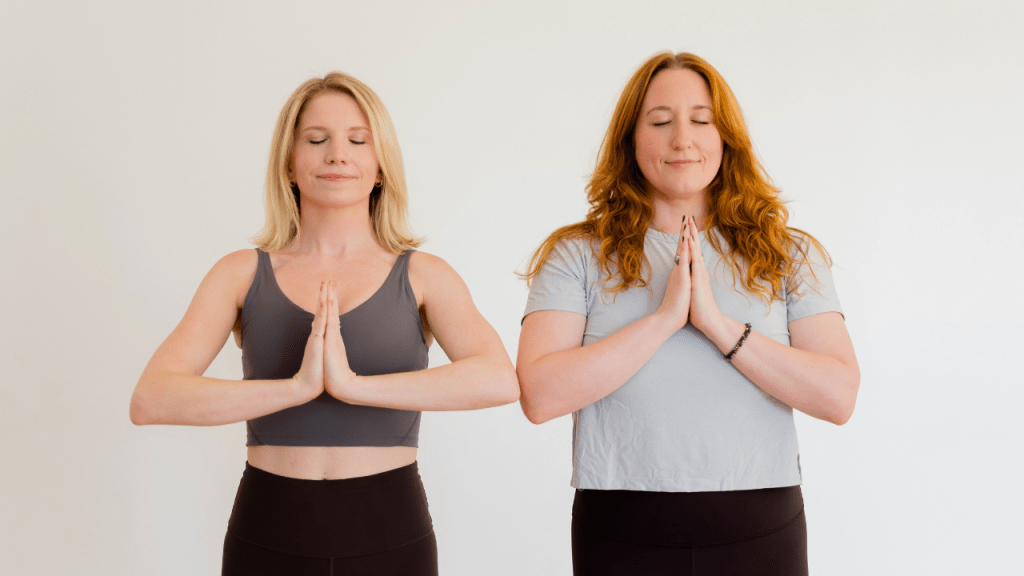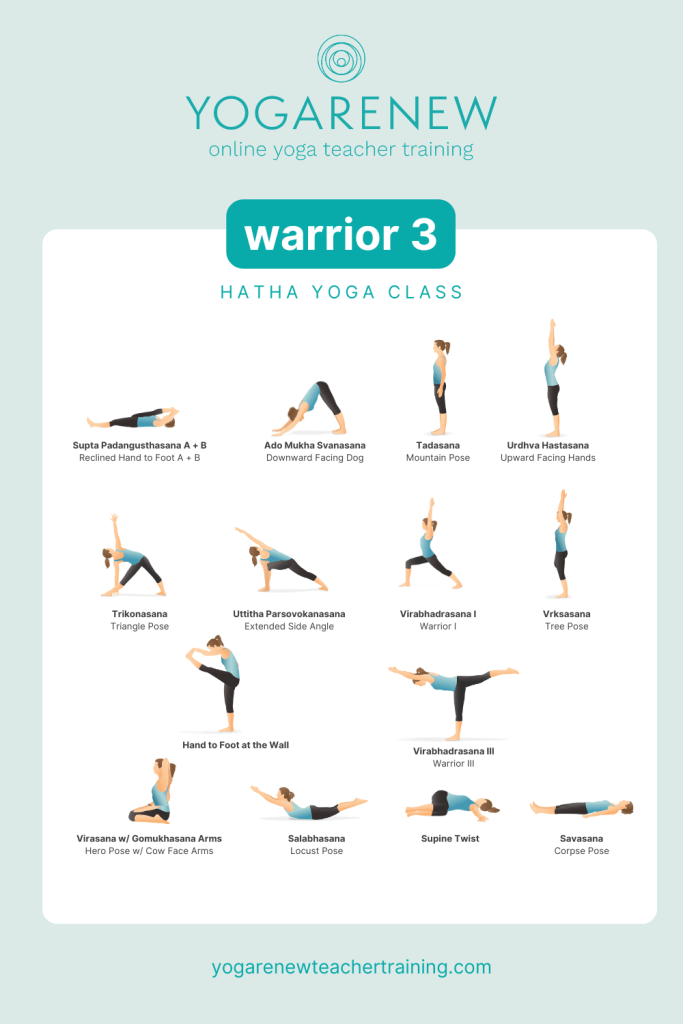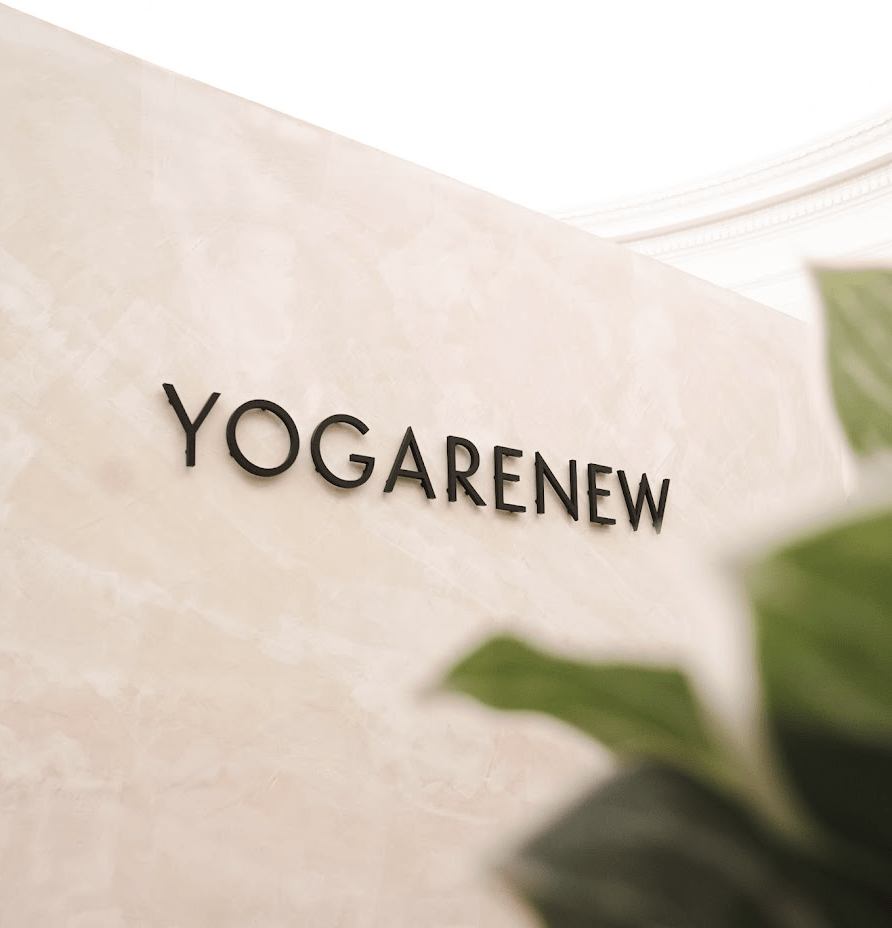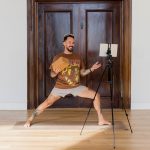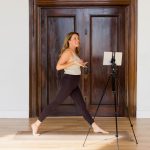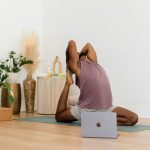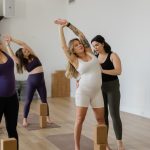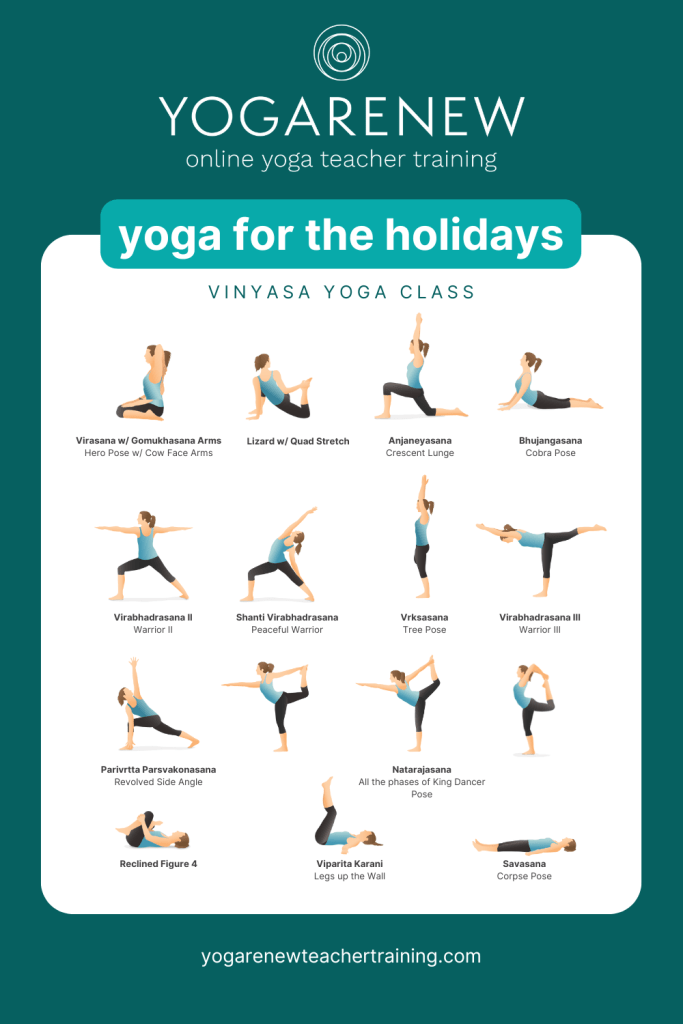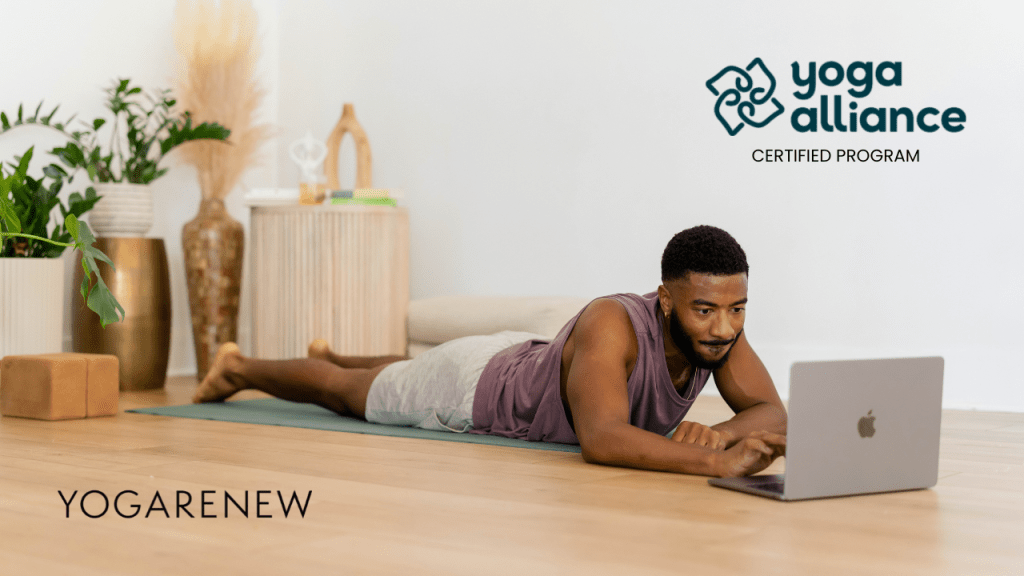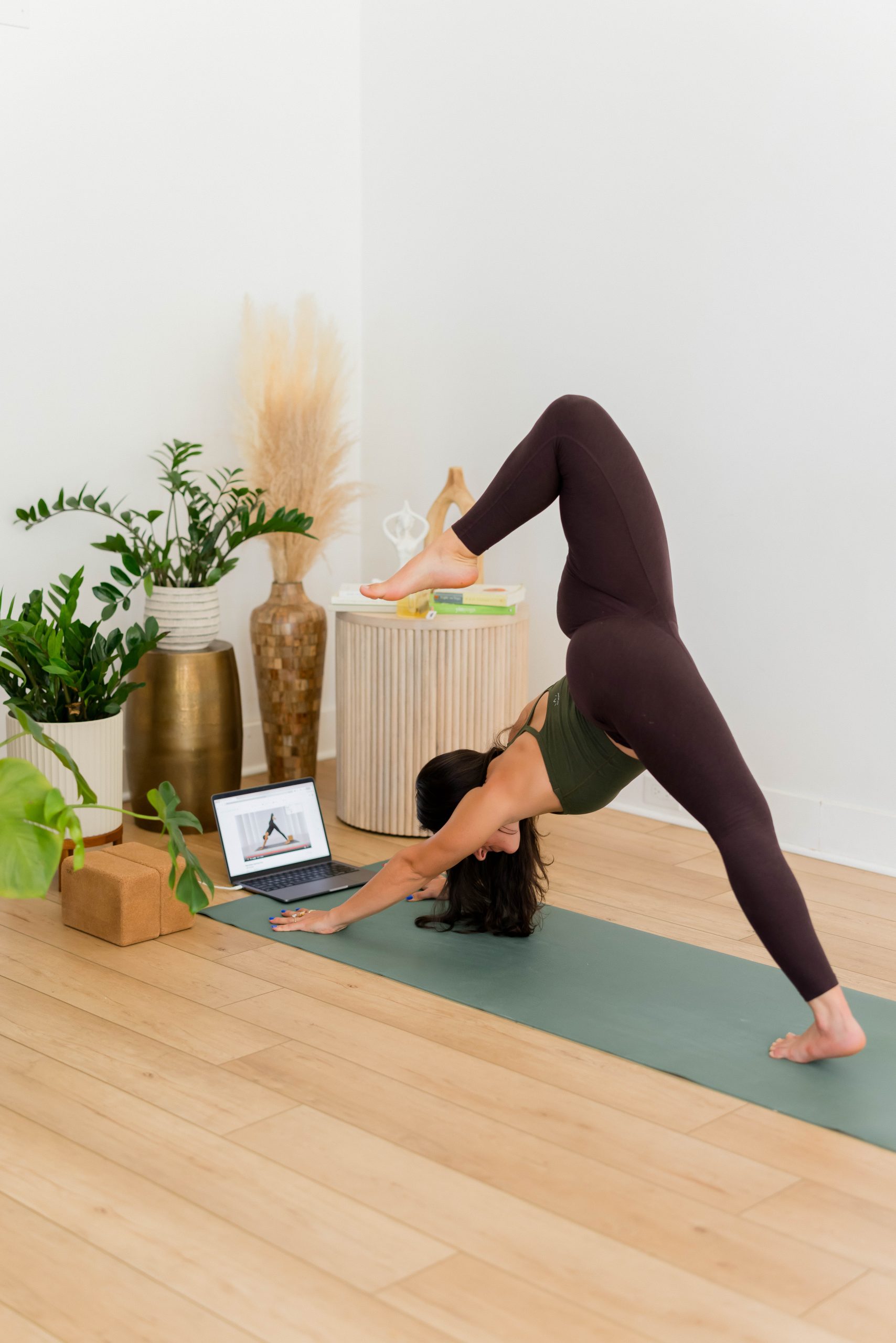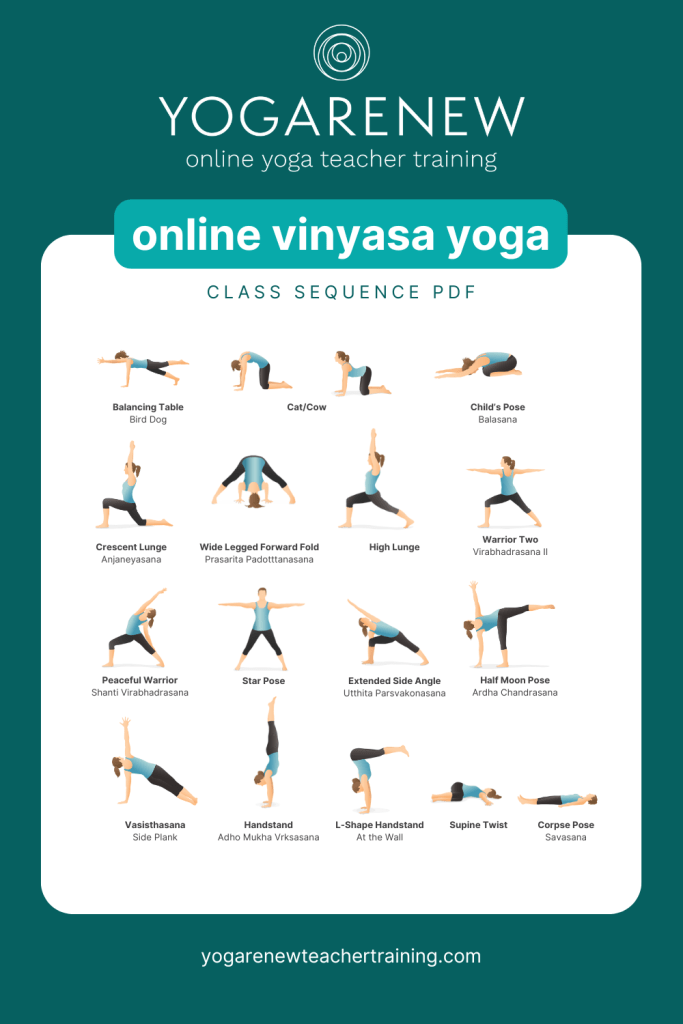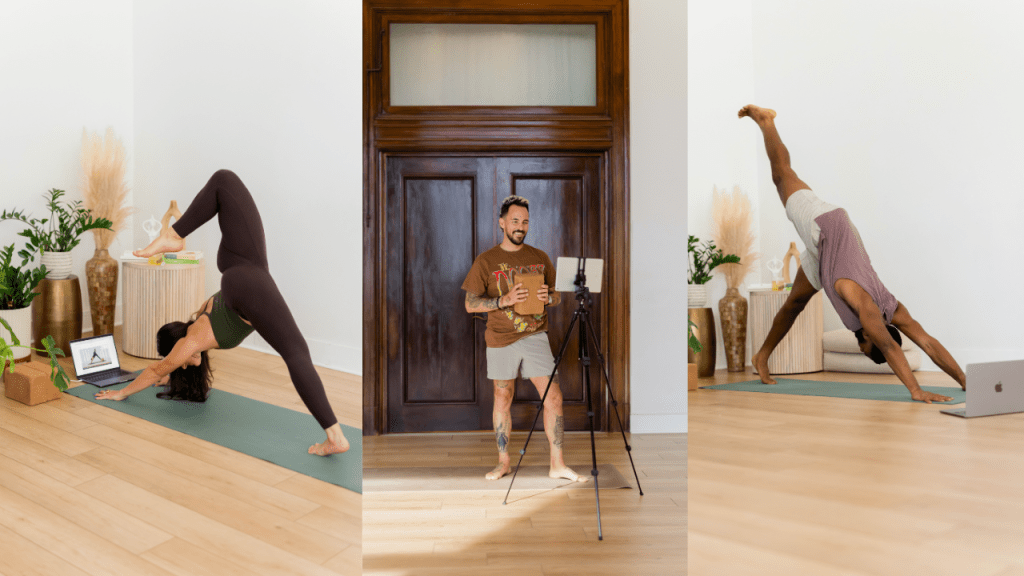
About every eight weeks I drive from the New York City area to just outside Washington, DC. Inevitably, along the way I have to stop at one of the big rest stops along the highway. Maybe you know the kind I mean – they have a gas station, little shops, and several fast food restaurants in a giant food court.
Almost every trip, this is what I see:
A person enters the facility and clearly, they are coming in to use the restrooms. As a five year old might say, they are doing the “pee-pee walk”. They walk as fast as they can, headed for the alcove marked toilets, when all of a sudden they are greeted by a plethora of aromas. It’s usually the smell of cinnamon from the bakery items that are as large as my head, or the buttery goodness of a soft pretzel. Their heads lift, their eyes open a bit wider, and their noses twitch and then, almost like a zombie in a horror movie, they move… seemingly not of their own will towards the pretzel or the pastry and the urgent need that got them out of the car is gone. Something greater took over – a desire to consume one of those food items, and it was driven by a powerful thing. Only one of the five things that, if left uncontrolled, can pull us around like a Great Dane with a weak leash – the sense of smell.
Pratyahara – Withdrawal of the senses
In the Bhagavad Gita, Lord Krsna says this (2.67) “As a strong wind sweeps away a boat on the water, even one of the roaming senses on which the mind focuses can carry away a man’s intelligence.”
While eating that pretzel or cinnamon bun may not be the most horrible thing in the world, (and maybe the sugar will keep you more alert on the road for a while at least) we can probably easily think of times when letting our senses get the better of us, might lead to disaster. It is said that one must master the senses, or else they will master you. And they make very bad masters! We can think of people struggling with addictions. Even as they know what they are doing is injurious to their health, family, and relationships, they are drawn to something, like the proverbial moth to a flame. This tendency is what the practice of Pratyahara addresses.
In the Yoga Sutras (2.54) the sage Patanjali writes, “Pratyahara, withdrawal from sense objects, occurs when the senses do not come in contact with their respective sense objects. It corresponds, as it were, to the nature of the mind – when it is withdrawn from the sense objects.”
That’s a lot of words! But we can also understand the concept of Pratyahara from The Bhagavad Gita, which I find more digestible. In verse (2.58) it reads, “One who is able to withdraw his senses from sense objects, as the tortoise draws its limbs within the shell, is firmly fixed in perfect consciousness.”
In other words, it is not that we are to plug up our noses, so that we cannot smell, or wear blindfolds so we can’t see – it is that we need to use our superpower to pull those senses in, like our friend the turtle.
Luckily, we all possess this powerful aspect of the mind called The Buddhi. It is the part of our mind that can discern and say, “Wait a minute! The senses are NOT the boss of me! I do NOT need to eat/hear/buy/touch something, simply because my senses tell me to!” But, this, as we know, is quite hard. There is a VERY famous analogy about our five senses being like five out of control horses pulling a chariot. The chariot is our body, the passenger inside is our soul being thrown around here and there, as the horses do whatever they want. But luckily there is a driver, and that driver is our intelligence, aka The Buddhi! And when it contains the pull of those horses, to safely guide the chariot, that is known as Pratyahara.
The Bhagavad Gita on The Senses
As you have already read, Lord Krsna has quite a bit to say about the senses in the Gita. In the 15th chapter, Krsna notes that the living entities are struggling with the senses.
Here’s what else he says (2.60-2.63):
- “The senses are so strong and impetuous, O Arjuna, that they forcibly carry away the mind even of a man of discrimination who is endeavoring to control them.”
- “One who restrains his senses, keeping them under full control, and fixes his consciousness upon Me, is known as a man of steady intelligence.”
- “While contemplating the objects of the senses, a person develops attachment for them, and from such attachment lust develops, and from lust anger arises.”
- “From anger, complete delusion arises, and from delusion bewilderment of memory. When memory is bewildered, intelligence is lost, and when intelligence is lost one falls down again into the material pool.”
That’s quite a fall down! There’s an interesting yogic story from the Bhakti Yoga tradition that illustrates these excerpts quite well.
The tale of Ajamila
In the 6th Canto (book) of the great work Srimad Bhagavatam (sometimes referred to as the Bhagavad Purana), we find the story of Ajamila. He is a pious, moral young man. Dutiful to his parents, married and loving to his wife. One day, by accident, he sees a prostitute with a man in the woods. It is only a glimpse, but from that moment on, Ajamila became obsessed with this woman. In time, he leaves his wife and parents and marries this other woman. He takes to thieving, gambling and cheating people out of their money to support himself and the ten children he has. It is written that for eighty eight years he lives a life of (I love that the texts use this word) debauchery! The story of Ajamila goes on… and (spoiler alert) in the end, he is granted a second chance at life, and turns his life around. However, as the story illustrates, we can see how one sense (in this case sight), lead him down a dark path.
Now, you might say, “it’s not his fault! He did not go looking to see that man and woman in the woods! And, once he saw it, he cannot unsee it! Why blame poor Ajamila?!” Let’s look back at Bhagavad Gita verse 2.62 above. Krsna says, “While contemplating the object of the senses.” That even contemplating the object of the senses is where we can go wrong. That’s the mistake Ajamila (and most of us) make. There are sense objects out there – things to see, smell, taste, touch, hear – and living in a modern day world, most of us cannot pull ourselves away from everything we do not want to see, smell, taste, touch, and hear. But, we do not need to let them take space in our thinking. This is Pratyahara at work! When we are able to pull our senses back in – back to the space of soul, instead of allowing them to continue to run after the that which is external to us, that is Pratyahara.
What Pratyahara can look like in today’s world
To bring Pratyahara into our everyday lives takes practice. Much like anything in the yoga world. And, like breaking any habit, it begins with awareness. What senses are we allowing to pull us around like those horses of the chariot? Hearing? Smell? Taste?
Every time we sense one of our senses triggering us to spend more time chasing it, we can choose to tune inward, and use our intelligence to say, “Wait… Do I need to let this particular sense have it’s way right now? Is what this sense is telling me to do beneficial for me in this moment?” It’s not to say that we should starve ourselves, or not appreciate the beauty we may be seeing with our eyesight, but rather realize moments when we have become like Ajamila – more of a slave to our senses, as opposed to the master of them.
In the Bhakti Yoga tradition, one is urged to use the senses to make an offering to Divinity. The ancient texts say to go ahead and buy those beautiful roses, but also understand who created it, give thanks and then in some way offer it back to The Source (like offering it up on an altar or using it as a gift to someone in need). That way, the senses do not become a thing you continually chase, pulling you away from your truest self, but a way to plug back in and stay aware.
Pratyahara may be hard to practice, but when we see the benefits of not allowing our senses to jerk us around like marionettes on a puppet stage, we can understand it is well worth the time and effort.
Why do we study yoga philosophy?
Pratyahara is one nugget of wisdom from yogic philosophy written about in the ancient texts, often illustrated by captivating stories. If you’re interested in diving deeper into more branches of yoga philosophy, I am the lead teacher in YogaRenew’s Online Yoga Philosophy Teacher Training where we explore subjects such as these! Inside the course, you can find me retelling these stories along with giving deeper explanations on philosophical concepts transmuted by the ancient sages.
Learn more about yoga philosophy through these concepts:


